Top speed 196 km/h Length 9.45 m First flight June 14, 1926 | Wingspan 13 m Engine type Reciprocating engine | |
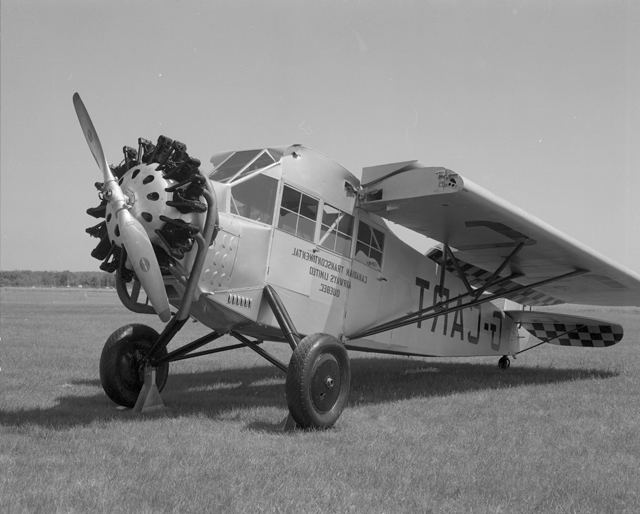 | ||
Manufacturers Fairchild Aircraft, Canadian Vickers | ||
The Fairchild FC-1 and its derivatives were a family of light, single-engine, high-wing utility monoplanes produced in the United States in the 1920s and 1930s. The aircraft was originally designed to provide a camera platform for Sherman Fairchild's aerial photography and survey business, Fairchild Aerial Surveys.
Contents
- 1927 fairchild fc 2 w2 nc3569
- Design and development
- Operational history
- Variants
- Operators
- Specifications FC 2
- References
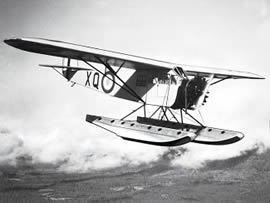
1927 fairchild fc 2 w2 nc3569
Design and development
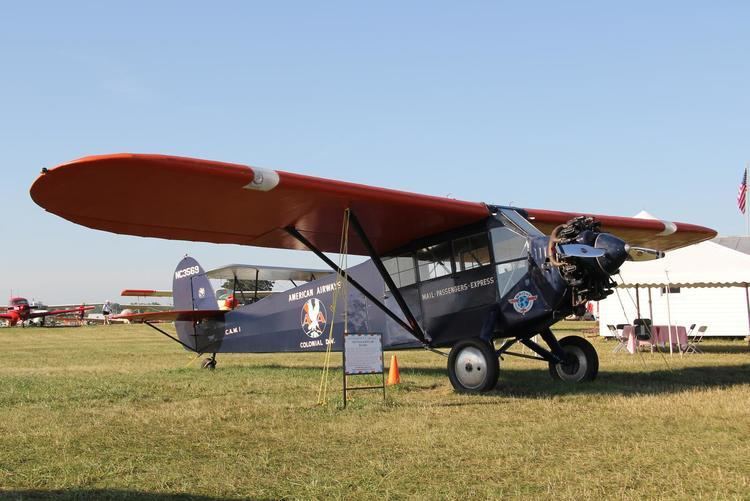
Fairchild had approached a number of aircraft builders with specifications for what he considered to be an ideal aircraft for this type of work, with which he hoped to replace the variety of types that his firm then operated. Believing the quotes he received to be excessive, Fairchild opted to produce the aircraft in-house, purchasing facilities at Farmingdale, New York for the purpose. The design was for a conventional high-wing, strut-braced monoplane with a fully enclosed cabin and tailwheel undercarriage. The wooden wings were able to be folded back against the tail for storage. To facilitate its intended role, the cabin was extensively glazed, offering plenty of vantage points for photographers.
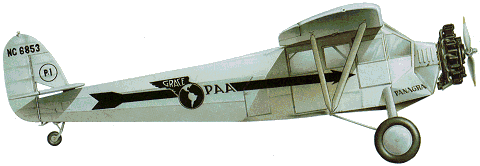
The prototype FC-1 flew in June 1926, and initial testing found its original Curtiss OX-5 engine to be inadequate. A Wright J-4 with double the horsepower was soon substituted and the aircraft was redesignated FC-1A. This was felt to have commercial potential, and in a slightly revised form, was put into production as the FC-2.
Operational history
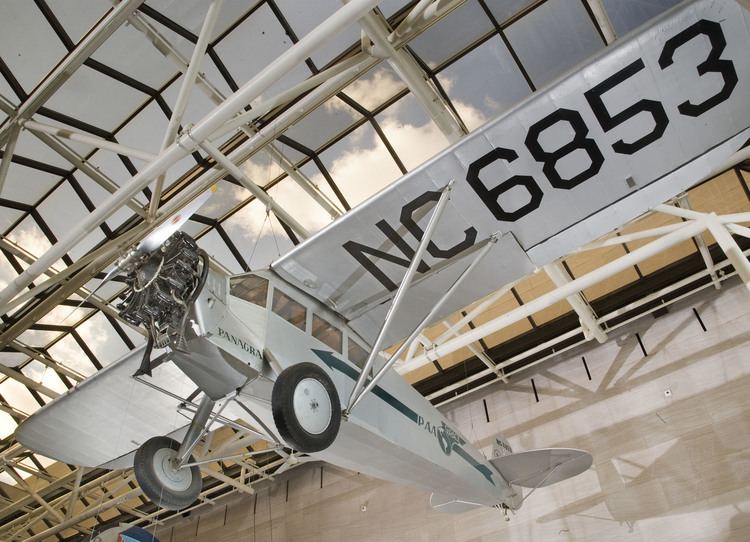
The production aircraft differed from the prototype by having increased cabin volume, and was offered with a choice of powerplants. Other options included a choice of wheeled, ski, or float undercarriage. Early production aircraft fitted with only three longerons in the rear fuselage gave this batch of aircraft a "Razorback" appearance leading to its nickname. Later production series eliminated this distinctive feature. Designed with aerial photography in mind, the FC-2L featured an enclosed and heated cabin with extra windows to allow for an improved downward view. The RCAF initially procured the type for this role, before utilizing the aircraft primarily as a light transport.
A version optimized for cargo carrying was produced as the FC-2W with a Pratt & Whitney Wasp radial engine and increased wingspan. Two of this latter version were destined for fame: City of New York, flown by Charles Collyer and John Mears for the overland portions of their record-breaking around-the-world trip in June–July 1928, and Stars and Stripes (Serial No. 140), an FC-2W2 taken by Richard Evelyn Byrd on his Antarctic expedition of the same year. Byrd's aircraft is preserved at the Virginia Aviation Museum, on loan from the National Air and Space Museum.
FC-2Ws flown by Canadian bush pilots Duke Schiller and Romeo Vachon, the Canadian Transcontinental Airways Company's Chief Pilot, were also prominently used in the 1928 rescue of the crew of the aircraft Bremen in Canada.
On 19 October 1927, an FC-2 configured as a floatplane made the first contract Air Mail flight operated by Pan American Airways. When unable to begin its service over Foreign Air Mail Route #4 (FAM-4) between Key West, Florida, and Havana, Cuba, on that date (as required under its contract) because heavy rains had delayed completion of the new runway at Key West needed to accommodate the company's Fokker F.VIIa/3m type tri-motor transports, PAA chartered (cost: $145.45) the FC-2 La Niña (NC-1654, c/n 15) piloted by Cy Caldwell and belonging to West Indian Aerial Express, a company which would be acquired by Pan Am a year later.
Due to a Royal Canadian Air Force requirement to standardize engines, the basic FC-2 design was re-engineered with a 215 hp Armstrong Siddeley Lynx radial engine and redesignated as the FC-2L. In this form, the type flew with RCAF units, primarily in northern operations. A further version for the RCAF, known as the FC-2V, was also developed.
The basic FC-2 design was further evolved into the model 51 and 71. The Model 51 was a modernized version of the FC-2 produced in 1930 to compete with new transports in the marketplace, the most significant single change being the fitting of a more powerful Wright J-6 engine again. A few examples were converted from FC-2s. The RCAF Model 51 aircraft had light bomb racks under the fuselage and were used for practice bombing at Camp Borden. The Model 61 also had the J-6 engine, but included a redesigned cabin to add another two passenger seats. Only three of these were built, modified from FC-2W2s, but the cabin modification was retained in the Model 71. The RCAF used the Model 71 as both a rugged, reliable and highly useful light transport and due to its camera bay for vertical photography and low rear-door windows to permit oblique photography, useful in the aerial survey role.
Variants
Operators
Línea Aeropostal Santiago-Arica(LAN Chile)
Specifications (FC-2)
General characteristics
Performance
